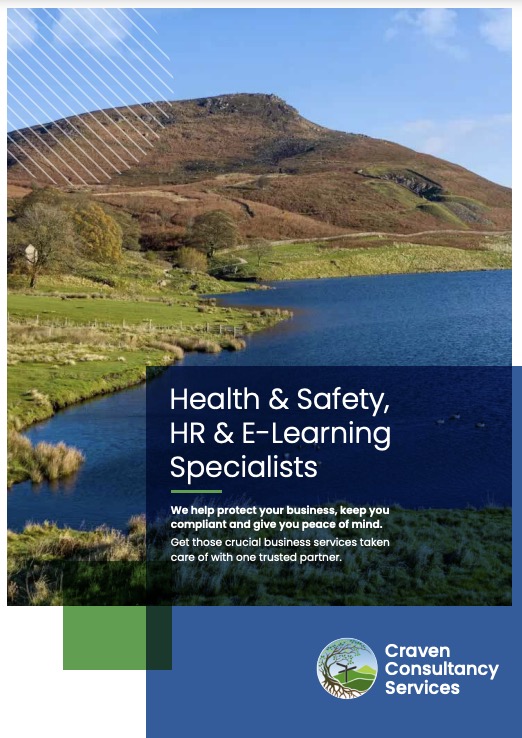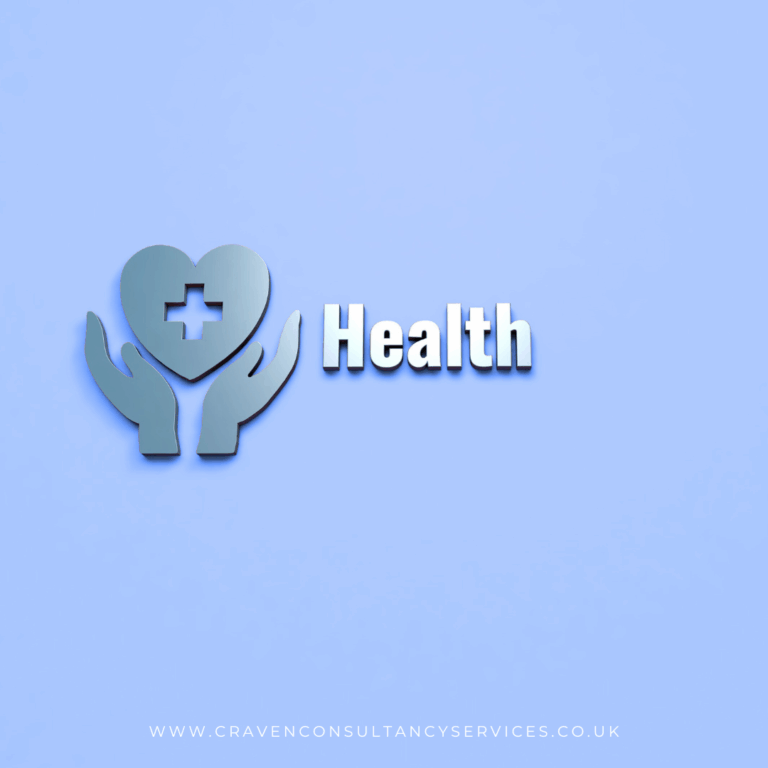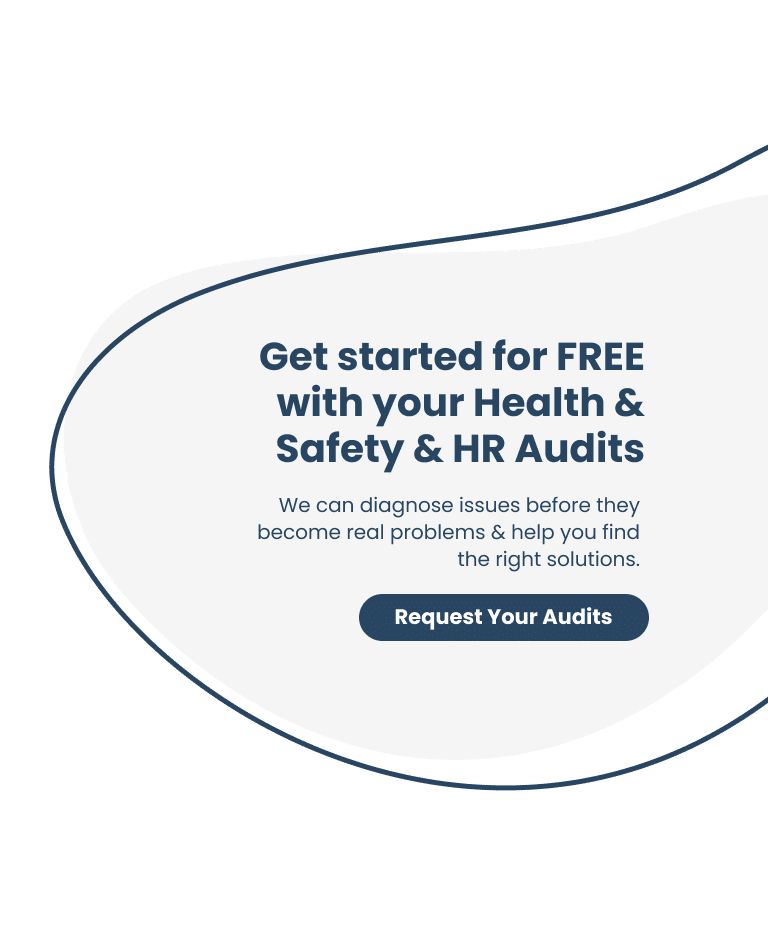According to the Occupational Safety and Health Administration (OSHA), the most common hazards in the workplace are:
Safety Hazards: Unsafe working conditions that cause injury, illness, or death.
Biological Hazards: Exposure to harmful organisms such as viruses and bacteria.
Ergonomic Hazards: Strain on the body due to repetitive motion, poor posture, and inadequate manual handling training.
Chemical Hazards: Exposure to toxic substances such as cleaning products and other harmful chemicals.
Physical Hazards: Such as exposure to loud noise, radiation, extreme temperatures, and other environmental exposure factors that can cause injury or illness.
Work Organisation Hazards: Stress, violence, and other factors that could affect mental health and well-being.
Below are a few examples of how to ensure that the correct measures are in place when protecting businesses and employees from hazards above.
It is essential to first identify and mitigate these hazards to ensure a safe and healthy work environment for all employees. Starting with conducting regular risk assessments depending on the type of work being caried out and the environment the work is being done in. Having the correct risk assessments in place are a must.
Once the hazards have been identified, it is vital to have all of the correct safety protocols in place. This can include having adequate policies in place and having employees undergo essential, appropriate safety training (E-Learning)
Use proper equipment meant for the task at hand, as well as checking that it is in good working condition (having regular maintenance checks.) If the Equipment is faulty report the issue immediately to prevent the likelihood of accidents and injuries from arising.
Wear personal protective equipment, (PPE) can help prevent Injuries in the workplace. All employers have a duty of care, and should therefore provide employees with the appropriate PPE, ensuring that it is used correctly and replaced if faulty.
Whenever handling a product that is considered as harmful and contains substances that could be hazardous to health having COSHH assessments in place for that product is a must. This helps workers and any individuals who are handling the product aware of the potential risks associated with it and also directly informs as to what PPE is needed and exposure limits.
It is a legal requirement to carry out stress risk assessments in the workplace and employers have a legal duty to protect their employees from stress at work. By conducting stress risk assessments, employers can identify the factors that may cause stress in the workplace and take appropriate measures to manage them. This can help prevent stress-related illnesses and improve the overall well-being of the employees.
As mentioned above as to why stress risk assessments are so important and is a legal requirement. Having a workplace Wellbeing strategy in place is crucial when trying to minimise those work organisational hazards. There is not a more crucial time other than now to focus on employees Mental Health and Wellbeing. Research has shown that the top three benefits when employers increase their focus on employee wellbeing are: Better employee morale and engagement, a healthier and more inclusive workplace and a better work life balance for all. It is true that no wellbeing strategy needs or has to look the same as every workforce and its employees are all different, therefor it is equally important for employers to recognise these differences and have strategy’s in place to support.
At Craven we can offer you a Workplace Wellbeing ‘Stress Risk Assessment’ Wellbeing Strategy Toolkit. This Toolkit’ will give you positive strategies on how to implement a workplace wellbeing strategy and will outline the roles and responsibilities within a business. It will include legislation, data and facts and benefits about supporting Mental Health at work. Understanding of the procedures that need to be in place can often be confusing to some who do not understand exactly what is required – which is why we can help and give you the tools to guide you along the way.
The above are just a few examples of measures and protocols that need to be in place or enforced. It is important to note that some health conditions can be caused or made worse by work and working environments. Employers should not only follow the above steps because the law states these measures should be in place, but also because morally employers should want to protect their staff at all costs to ensure no harm comes to their health and safety whilst at work.
Get in touch with us today if you are needing help with anything Health and Safety /HR.
01756 860 600.
Safety should always come first.
Links below to all relevant topics discussed in this blog.
Policies A-Z – Craven Consultancy Services
E-Learning – Craven Consultancy Services
Workplace Wellbeing – Craven Consultancy Services
Control of Substances Hazardous to Health (COSHH) – Craven Consultancy Services
Personal Protective Equipment – Craven Consultancy Services













